Financial Forecasting Your Future Success
The ability to accurately anticipate future financial outcomes is a cornerstone of success for any entity, from a budding startup to a multinational corporation, and even for individuals managing their personal finances. Financial forecasting is the process of estimating future financial results based on historical data, current market trends, and educated assumptions. It's not about predicting the future with absolute certainty, but rather about creating a well-informed estimate that provides a clear picture of potential financial trajectories.

This forward-looking discipline empowers stakeholders to make strategic decisions, allocate resources effectively, and proactively identify potential challenges and opportunities. Without a robust forecasting framework, organizations often operate in a reactive mode, struggling to adapt to market shifts or capitalize on emerging trends. It moves businesses beyond mere historical reporting, transforming data into actionable insights for tomorrow.
![]()
In today's dynamic economic landscape, where disruption is the norm and uncertainty often prevails, the significance of reliable financial forecasts cannot be overstated. They serve as a critical compass, guiding companies through turbulent waters and enabling them to steer towards their long-term objectives. By understanding where a business is likely headed financially, leaders can set realistic goals, manage expectations, and build resilience against unforeseen economic headwinds.
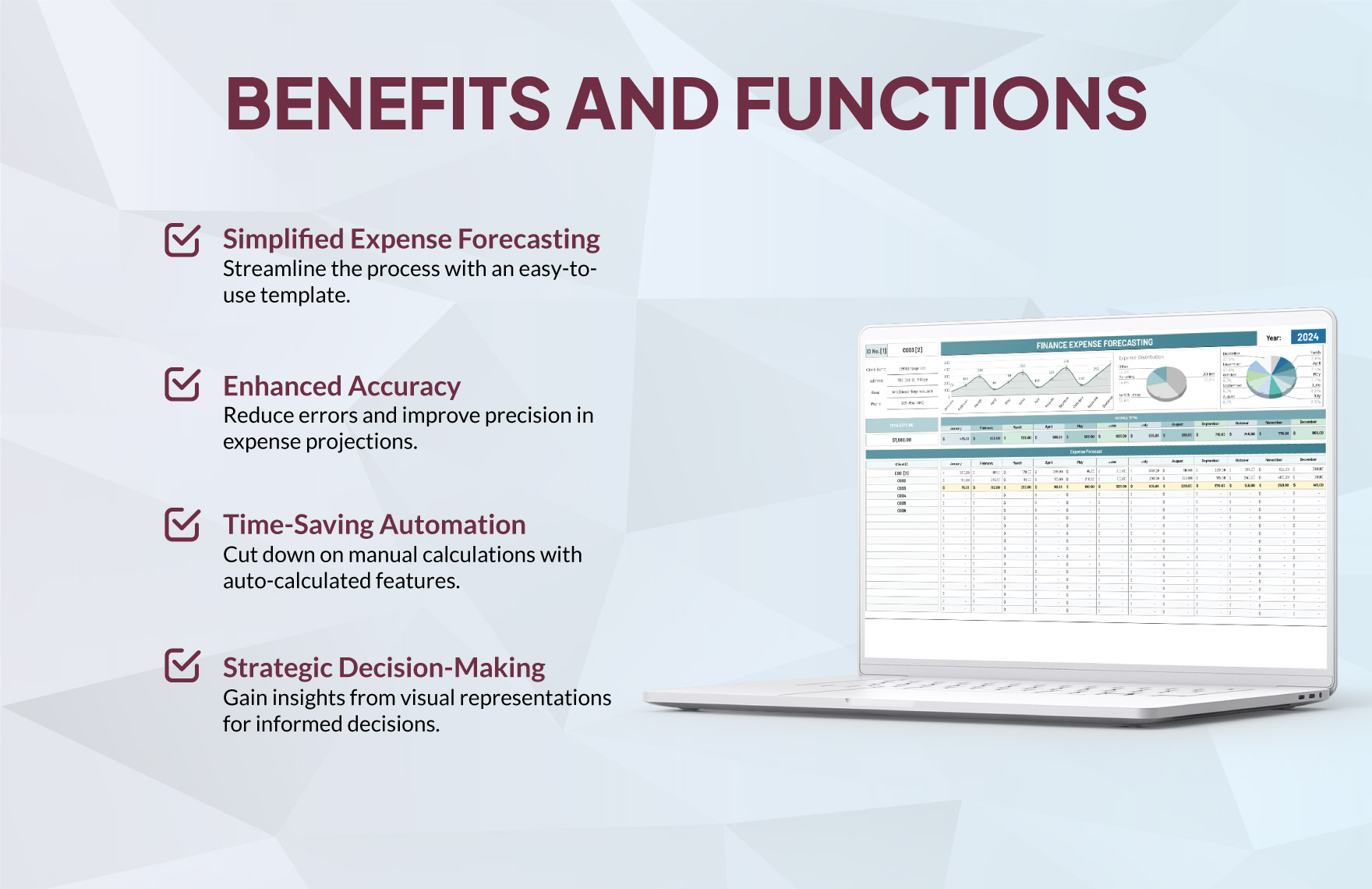
Furthermore, accurate forecasts build trust with investors, lenders, and other stakeholders by demonstrating a clear vision and a commitment to prudent financial management. They provide the necessary quantitative backing for business plans, capital expenditure proposals, and operational budgets, ensuring that all financial decisions are grounded in realistic expectations. Ultimately, financial forecasting is not just an accounting exercise; it's a strategic imperative that underpins an organization's capacity for sustainable growth and profitability.

What is Financial Forecasting?
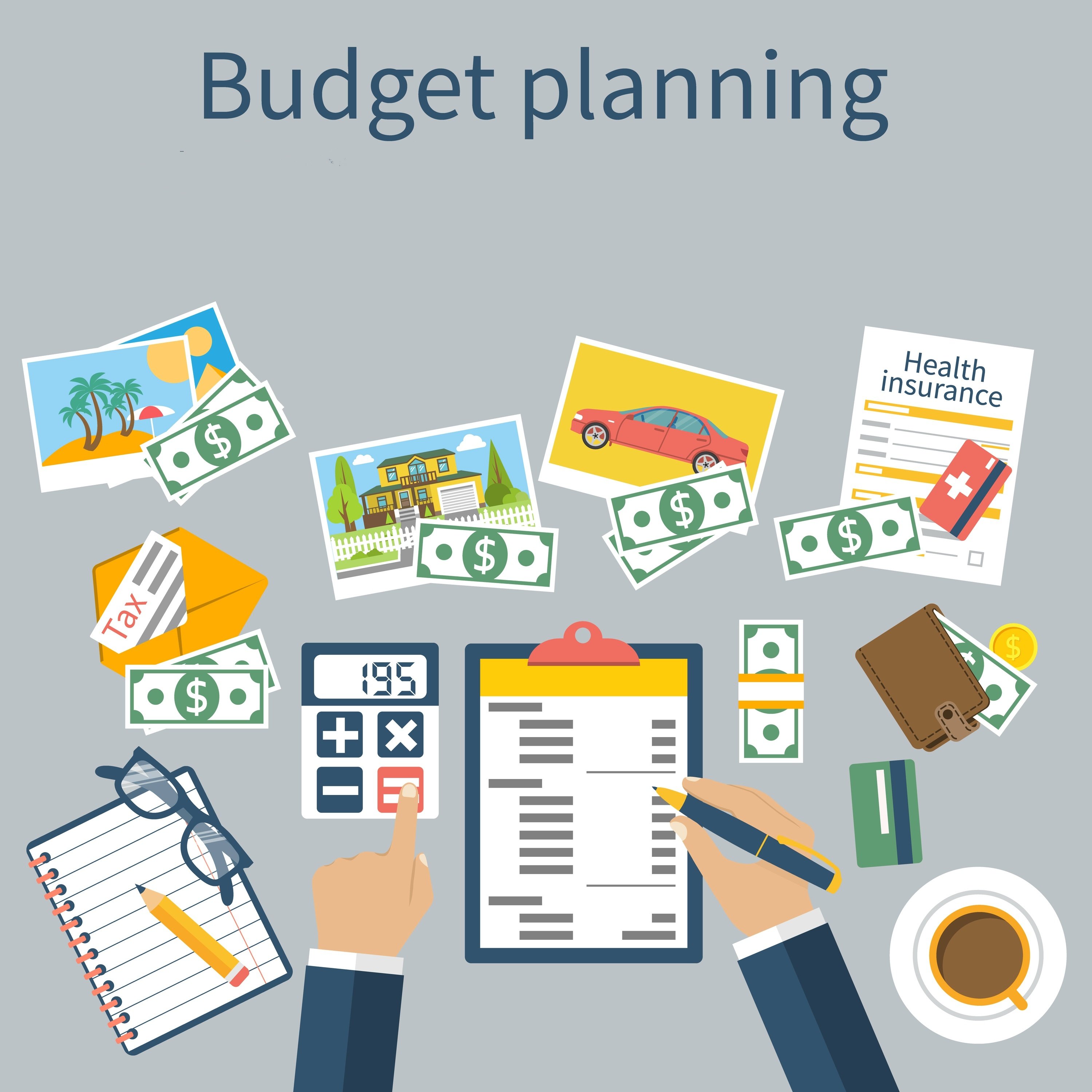
Financial forecasting involves projecting future financial performance using various techniques and data points. It encompasses a wide range of financial metrics, including revenues, expenses, profits, cash flow, and asset values. The core purpose is to provide an estimated outlook on a company's financial health and operational performance over a specific period, which could range from a few weeks to several years. Unlike a budget, which is a plan for what you intend to spend or earn, a forecast is an estimate of what you expect to spend or earn based on current conditions and likely future scenarios.
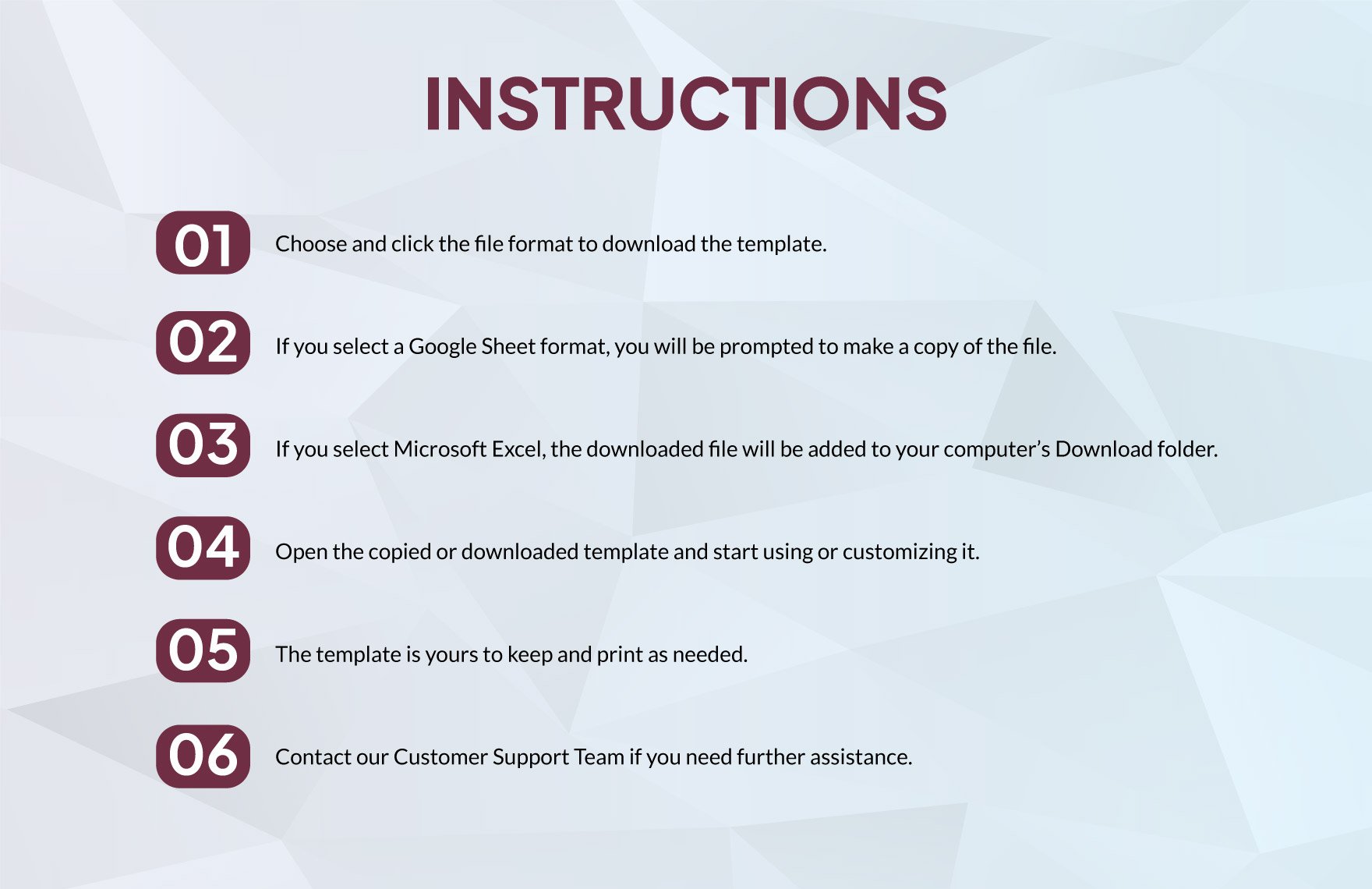
The process typically begins with gathering historical financial data, such as past sales figures, operating costs, and market performance. This data is then analyzed to identify trends, seasonality, and correlations that can inform future projections. Factors like economic indicators, industry trends, competitor activities, and internal operational changes are also integrated into the analysis to refine the forecasts. The output is a series of financial statements, such as projected income statements, balance sheets, and cash flow statements, that help leadership visualize future financial landscapes.
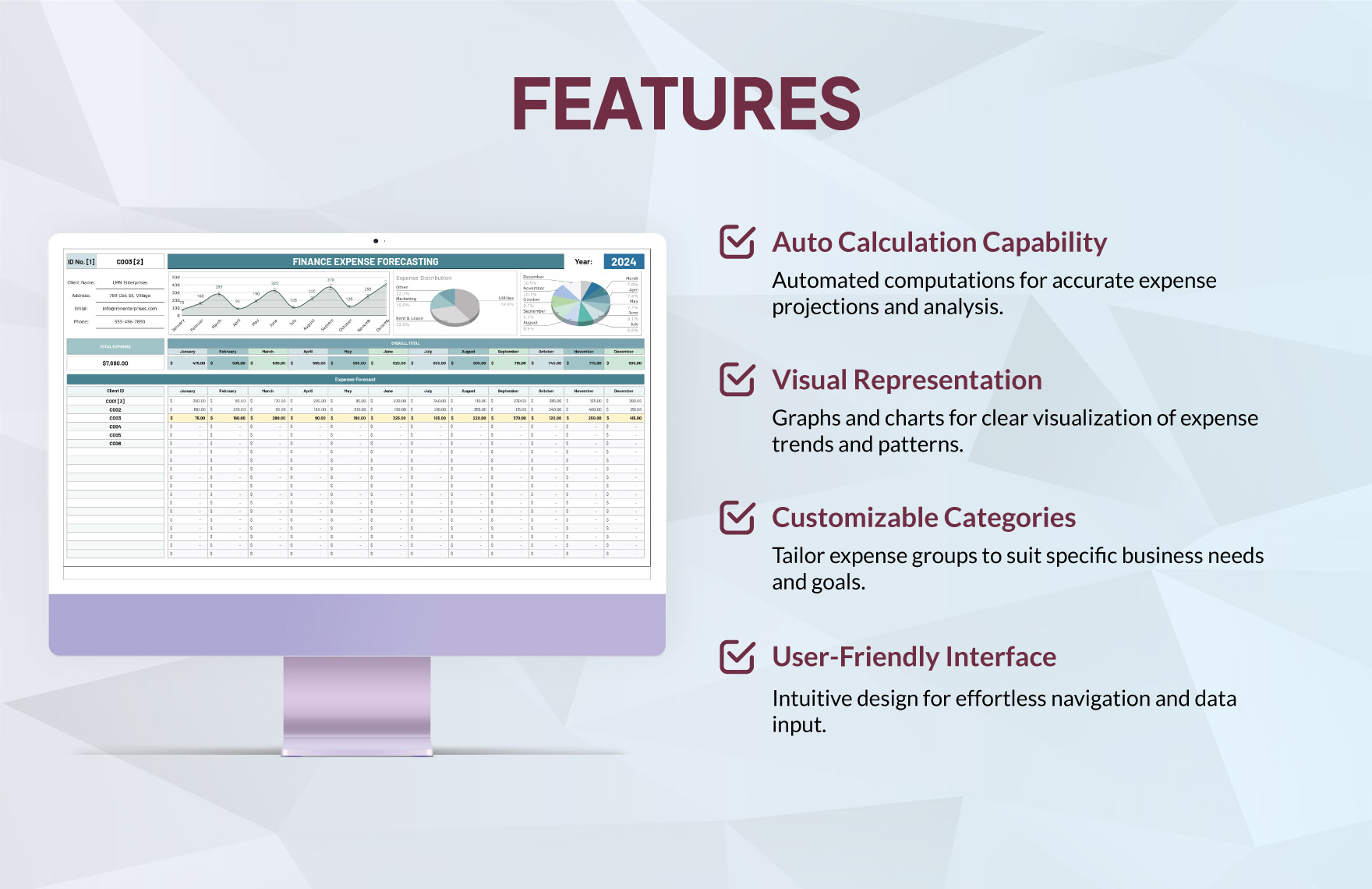
For instance, a sales forecast might project future revenue based on historical sales growth, planned marketing campaigns, and anticipated market demand. Similarly, an expense forecast would project future operating costs, taking into account inflation, anticipated personnel changes, and capital expenditures. These individual forecasts are then consolidated to provide a holistic view of the company’s likely financial position. The iterative nature of forecasting means that these projections are not static; they are regularly reviewed and updated as new information becomes available or as internal and external circumstances change.
Financial forecasting is crucial for both operational and strategic planning. Operationally, it helps manage working capital, optimize inventory levels, and ensure sufficient liquidity. Strategically, it informs decisions about expansion, mergers and acquisitions, new product development, and capital investments. By understanding potential financial outcomes, businesses can proactively adjust their strategies to achieve desired results and mitigate risks before they materialize, making it an indispensable tool for proactive management.
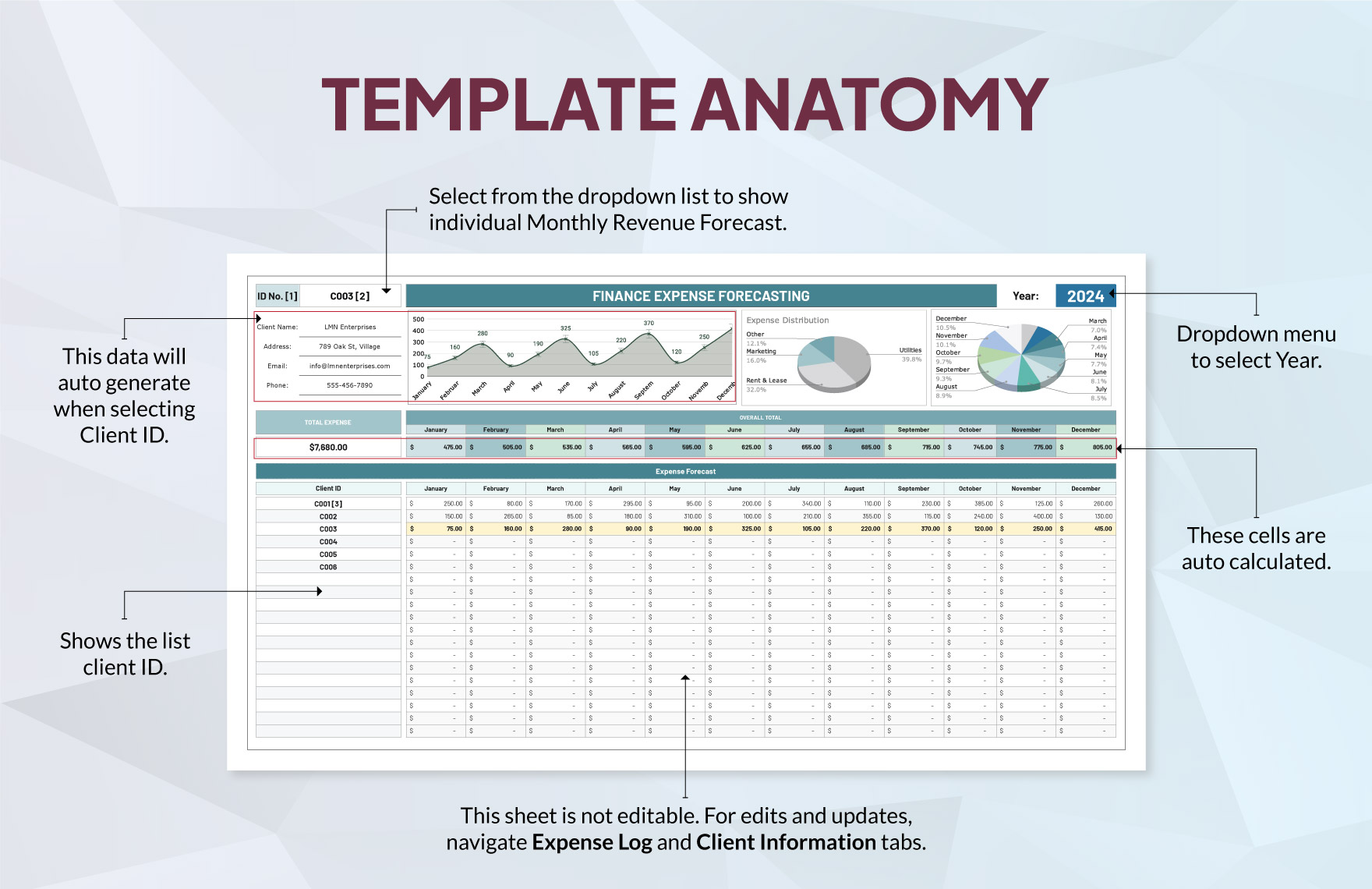
Key Types of Financial Forecasting
Financial forecasting isn't a one-size-fits-all approach; it encompasses various specific types, each focusing on different aspects of a company's financial health. Understanding these distinctions is crucial for comprehensive planning.

Revenue Forecasting
Revenue forecasting is arguably one of the most critical types, as it projects a company's future sales and income. This involves analyzing past sales data, market trends, customer behavior, pricing strategies, and marketing initiatives. It helps businesses set sales targets, plan production, manage inventory, and allocate resources effectively. Revenue forecasts can be broken down by product line, sales channel, or geographic region for more granular insights.
Expense Forecasting
Expense forecasting estimates future costs and expenditures, including operating expenses (salaries, rent, utilities), cost of goods sold (raw materials, production costs), and capital expenditures (investments in assets). Accurate expense forecasts help businesses manage cash flow, identify potential cost overruns, and make informed decisions about resource allocation and budgeting. It ensures that funds are available to cover anticipated outflows.
Cash Flow Forecasting
Perhaps the most immediate and vital forecast for daily operations, cash flow forecasting projects the movement of cash into and out of a business over a specific period. It helps ensure a company has enough liquid assets to meet its short-term obligations, manage working capital efficiently, and identify potential cash shortages or surpluses. This forecast is essential for liquidity management and avoiding financial distress.
Profit Forecasting
Profit forecasting combines revenue and expense forecasts to predict a company's future profitability. It involves estimating future net income, gross profit, and operating profit. This type of forecast is crucial for assessing a company's financial performance, setting profit targets, and evaluating the effectiveness of business strategies. It provides insight into the ultimate financial success of the business.
Balance Sheet Forecasting
This involves projecting the future state of a company's assets, liabilities, and equity at a specific point in time. It uses insights from revenue, expense, and cash flow forecasts to predict changes in accounts like accounts receivable, accounts payable, inventory, and long-term debt. Balance sheet forecasting is vital for understanding a company's future financial position, solvency, and capital structure.
Short-Term vs. Long-Term Financial Forecasting
Financial forecasting can also be categorized by its time horizon.
Short-term financial forecasting typically covers periods ranging from a few weeks to a year. It's highly detailed and focuses on operational aspects like daily cash flow, weekly sales, and monthly expenses. This type of forecasting is critical for managing working capital, ensuring liquidity, and making immediate operational decisions.
Long-term financial forecasting, on the other hand, extends beyond one year, often covering three, five, or even ten years. It's less detailed and focuses on strategic planning, capital budgeting, new market entry, and major investment decisions. While less precise due to the longer horizon, it provides a crucial strategic direction for the company's future growth and sustainability. Both short-term and long-term forecasts are interdependent and contribute to a holistic financial strategy.
Methodologies and Approaches to Financial Forecasting
Effective financial forecasting relies on a variety of methodologies, broadly categorized into qualitative and quantitative approaches. The choice of method often depends on data availability, the stability of the environment, and the specific objective of the forecast.
Qualitative Methods
Qualitative forecasting methods are used when historical data is scarce or unreliable, or when the future is expected to deviate significantly from past trends. These methods rely on expert opinions, judgments, and subjective insights.
* Delphi Method: This involves soliciting opinions from a panel of experts through a series of structured questionnaires. Responses are aggregated, and experts are provided with feedback from the group, allowing them to revise their estimates until a consensus emerges. This helps mitigate individual biases.
* Market Research: Gathering information directly from potential customers about their purchasing intentions, preferences, and price sensitivities can provide valuable insights for sales and revenue forecasting, especially for new products or services.
* Expert Opinion: Leveraging the knowledge and experience of internal executives, sales teams, or external industry consultants can provide quick and valuable insights, particularly in rapidly changing or niche markets.
Quantitative Methods
Quantitative forecasting methods use historical data and mathematical models to predict future outcomes. They are more objective and are suitable when a significant amount of reliable past data is available and when historical patterns are expected to continue.
- Time Series Analysis: This involves analyzing past data points collected over time to identify patterns, trends, and seasonality.
- Moving Averages: Calculates the average of a specific number of past data points to smooth out short-term fluctuations and identify trends. Simple moving average (SMA) and exponential moving average (EMA) are common types.
- Exponential Smoothing: Similar to moving averages but assigns exponentially decreasing weights to older observations, giving more weight to recent data.
- ARIMA (Autoregressive Integrated Moving Average): A sophisticated statistical model that captures a range of different standard time series structures, including trends, seasonality, and cycles.
- Regression Analysis: This statistical technique examines the relationship between a dependent variable (what you want to forecast, e.g., sales) and one or more independent variables (factors that influence it, e.g., marketing spend, economic growth).
- Linear Regression: Models the relationship as a straight line.
- Multiple Regression: Uses two or more independent variables to predict the dependent variable, allowing for more complex relationships.
- Econometric Models: These are sophisticated statistical models that use economic theory to explain and forecast economic variables. They often involve multiple equations representing relationships between different economic indicators.
- Scenario Analysis: While not a pure forecasting method, scenario analysis is a crucial technique used in conjunction with quantitative forecasts. It involves developing multiple plausible future scenarios (e.g., optimistic, pessimistic, most likely) and then forecasting financial outcomes under each scenario. This helps businesses understand the range of potential results and prepare for different eventualities.
- Simulation (e.g., Monte Carlo Simulation): This involves running a large number of simulations using random variables to model the probability of different outcomes. It's particularly useful when there are many uncertain variables and complex interactions.
The most effective financial forecasting often involves a hybrid approach, combining quantitative models for their objectivity with qualitative insights to account for unique circumstances or unforeseen events not captured by historical data. The key is to select the methodology that best fits the specific forecasting need, the available data, and the level of desired accuracy.
The Indispensable Benefits of Robust Financial Forecasting
Implementing robust financial forecasting practices offers a multitude of benefits that are critical for an organization's long-term health and growth. These advantages extend beyond mere financial reporting, transforming into strategic tools that drive informed decision-making and enhance overall business performance.
Informed Decision-Making
At its core, accurate financial forecasting empowers leaders to make better, data-driven decisions. Whether it's pricing strategies, investment opportunities, hiring plans, or market entry, forecasts provide the necessary financial context. They allow management to evaluate the potential financial impact of various choices before committing resources, minimizing risks and maximizing returns. Without this foresight, decisions might be based on intuition alone, leading to suboptimal outcomes.
Strategic Planning and Goal Setting
Financial forecasts are the backbone of strategic planning. They help articulate realistic and achievable financial goals, such as revenue targets, profitability margins, or market share objectives. By projecting future financial positions, businesses can develop detailed strategic roadmaps, ensuring that long-term aspirations are grounded in financial feasibility. This alignment between financial projections and strategic goals creates a cohesive and actionable plan for the future.
Resource Allocation Optimization
Understanding future cash inflows and outflows enables businesses to allocate their resources more efficiently. Companies can identify periods of cash surplus or deficit, allowing them to plan for investments or secure financing proactively. This optimization extends to human capital, inventory management, and capital expenditures, ensuring that resources are deployed where they can generate the highest value and avoid bottlenecks or inefficiencies.
Risk Identification and Mitigation
One of the most significant benefits of financial forecasting is its ability to highlight potential financial risks before they become critical problems. By modeling various scenarios, businesses can identify vulnerabilities such as declining sales, increasing costs, or cash flow shortages. This early warning system allows management to develop contingency plans, implement corrective actions, and mitigate risks proactively, thereby enhancing resilience and stability.
Performance Evaluation
Financial forecasts serve as benchmarks against which actual performance can be measured. Regularly comparing actual results to forecasted figures helps management assess the accuracy of their predictions and understand deviations. This variance analysis provides invaluable insights into operational effectiveness, market changes, and the validity of underlying assumptions, leading to continuous improvement in both forecasting accuracy and business operations.
Investor Confidence and Fundraising
For businesses seeking external funding, robust financial forecasts are non-negotiable. Investors, lenders, and potential partners rely heavily on these projections to assess a company's financial viability, growth potential, and ability to generate returns. Well-substantiated forecasts demonstrate sound financial management and a clear vision, significantly increasing a company's attractiveness to capital providers and facilitating easier access to funding.
In essence, strong financial forecasting transforms an organization from reactive to proactive, providing the clarity and foresight needed to navigate complex economic environments and achieve sustained success.
Common Challenges in Financial Forecasting
Despite its undeniable benefits, financial forecasting is not without its hurdles. Several common challenges can impact the accuracy and reliability of forecasts, requiring careful consideration and strategic mitigation.
Data Accuracy and Availability
The foundation of any good forecast is reliable data. Inaccurate, incomplete, or inconsistent historical data can lead to skewed projections. Businesses may struggle with data silos, manual data entry errors, or a lack of standardized data collection processes. Furthermore, not all relevant data may be readily available, especially for new products, markets, or in rapidly evolving industries. Poor data quality can undermine even the most sophisticated forecasting models.
Market Volatility and Unforeseen Events
Economic conditions, consumer behavior, and competitive landscapes are constantly in flux. Market volatility, sudden shifts in demand, supply chain disruptions, and unexpected global events (like pandemics or geopolitical conflicts) can render even carefully constructed forecasts obsolete almost overnight. These external factors are often unpredictable and difficult to quantify, making long-term forecasting particularly challenging.
Bias and Assumptions
Forecasting inherently involves making assumptions about the future. These assumptions, whether about economic growth, market share, or operational efficiencies, can introduce significant bias. Overly optimistic or pessimistic assumptions, influenced by human judgment or organizational pressure, can severely distort forecasts. Cognitive biases, such as anchoring or confirmation bias, can also lead forecasters to stick to initial estimates despite contradictory evidence.
Complexity of Models
As businesses grow and data sources multiply, the models used for financial forecasting can become incredibly complex. Managing intricate statistical models, integrating data from various systems, and ensuring their continuous calibration can be a demanding task requiring specialized skills and significant resources. The more complex the model, the harder it can be to understand its outputs and communicate its implications to non-technical stakeholders.
Human Element and Resistance to Change
Even with advanced tools, the human element remains crucial in interpreting data and refining forecasts. However, resistance to new methodologies, over-reliance on traditional approaches, or a reluctance to update forecasts in response to new information can hinder effectiveness. Furthermore, forecasts can sometimes be seen as targets, leading to a focus on meeting the number rather than reflecting actual probable outcomes.
Integration Challenges
Many organizations use disparate systems for different functions (e.g., CRM for sales, ERP for operations, separate accounting software). Integrating data seamlessly from these diverse sources into a unified forecasting model can be a significant technical and organizational challenge, leading to data inconsistencies and delays.
Addressing these challenges requires a combination of robust data governance, flexible forecasting methodologies, continuous monitoring, and a culture that embraces adaptability and learning from forecasting variances.
Best Practices for Effective Financial Forecasting
To overcome the challenges and maximize the benefits of financial forecasting, businesses should adopt a set of best practices that enhance accuracy, relevance, and actionability.
Start with Clear Objectives
Before diving into numbers, clearly define what the financial forecast is intended to achieve. Is it for short-term liquidity management, long-term strategic planning, capital allocation, or investor relations? Understanding the purpose helps in selecting appropriate methodologies, data points, and the level of detail required. A clear objective ensures the forecast delivers relevant insights.
Use Reliable and Granular Data
The quality of your forecast is directly tied to the quality of your input data. Ensure that historical data is accurate, complete, and consistent. Automate data collection where possible to reduce manual errors. Furthermore, use granular data (e.g., sales by product, region, or customer segment) rather than just aggregated totals, as this allows for more precise analysis and identification of specific trends.
Choose Appropriate Methodologies
No single forecasting method fits all situations. Select methodologies (qualitative, quantitative, or a hybrid) that are best suited to the available data, the stability of the environment, and the forecast's time horizon. For instance, time series analysis is good for stable trends, while regression might be better for identifying causal relationships. Be prepared to use different methods for different parts of your business.
Incorporate Multiple Scenarios
Given market uncertainties, relying on a single "most likely" forecast is risky. Develop and analyze multiple scenarios – at least optimistic, pessimistic, and baseline. This scenario planning helps quantify the potential range of outcomes, prepare for various eventualities, and assess the robustness of strategies under different conditions. It builds resilience and flexibility into your financial planning.
Regular Review and Adjustment
Financial forecasts are living documents, not static predictions. Establish a routine for regularly reviewing forecasts against actual results (variance analysis) and updating them based on new information, changing market conditions, or unforeseen events. The frequency of review should align with the forecast horizon (e.g., monthly for short-term, quarterly for long-term). This continuous feedback loop improves accuracy over time.
Foster Cross-Functional Collaboration
Financial forecasting is not solely the finance department's responsibility. Involve key stakeholders from sales, marketing, operations, and human resources in the forecasting process. Their insights into market dynamics, operational capacities, and strategic initiatives can significantly enhance the forecast's accuracy and ensure buy-in across the organization. Collaboration leads to more realistic assumptions and actionable plans.
Leverage Technology
Modern financial forecasting tools, from advanced spreadsheets to dedicated financial planning and analysis (FP&A) software, can significantly streamline the process. These tools facilitate data integration, complex model building, scenario analysis, and dynamic reporting, reducing manual effort and improving accuracy. They also enable better visualization and communication of forecast insights.
By adhering to these best practices, businesses can transform financial forecasting from a burdensome task into a powerful strategic asset that drives sustained success.
Tools and Technologies for Financial Forecasting
The landscape of financial forecasting has been significantly transformed by the advent of various technological tools. These solutions range from ubiquitous spreadsheet programs to highly specialized software and advanced analytical platforms, each offering distinct capabilities to enhance forecasting accuracy and efficiency.
Spreadsheet Software (e.g., Microsoft Excel, Google Sheets)
For many small to medium-sized businesses, and even for specific departmental forecasts in larger enterprises, spreadsheet software remains a primary tool. Its flexibility allows users to build custom models, perform complex calculations, and visualize data. Features like pivot tables, lookup functions, goal seek, and solver can be leveraged for basic to moderately complex forecasting tasks. However, spreadsheets can become cumbersome for large datasets, multi-user collaboration, and ensuring data integrity across numerous versions.
Dedicated Financial Planning & Analysis (FP&A) Software
As businesses grow in complexity, dedicated Financial Planning & Analysis (FP&A) software becomes invaluable. These platforms are designed specifically for budgeting, forecasting, and reporting, offering advanced features beyond what spreadsheets can provide. Key capabilities include:
* Centralized Data Repository: Consolidating financial and operational data from various sources (ERP, CRM, HR systems).
* Automated Data Refresh: Reducing manual data entry and ensuring forecasts are based on the latest information.
* Advanced Modeling: Supporting driver-based planning, multi-scenario analysis, and complex 'what-if' simulations.
* Workflow and Collaboration: Enabling multiple users to contribute to forecasts, manage version control, and track approvals.
* Reporting and Dashboards: Providing intuitive visualizations and customizable reports for stakeholders.
* Examples include Anaplan, Adaptive Planning (Workday), Oracle EPM Cloud, and SAP Analytics Cloud.
Business Intelligence (BI) Platforms
Business Intelligence (BI) platforms primarily focus on data analysis and visualization, but they also play a crucial supporting role in financial forecasting. By integrating data from across the organization, BI tools (like Tableau, Power BI, Qlik Sense) can provide deep insights into historical performance, identify trends, and uncover correlations that inform forecasting assumptions. While not forecasting engines themselves, they offer powerful capabilities for data exploration and presenting forecast results in clear, actionable dashboards.
Enterprise Resource Planning (ERP) Systems
Many modern ERP systems (e.g., SAP, Oracle, NetSuite) include integrated modules for financial management, which often incorporate basic budgeting and forecasting functionalities. By housing core financial and operational data, ERP systems can provide the foundational data for forecasts and sometimes offer built-in reporting to track actuals against forecasts. Their strength lies in providing a single source of truth for operational data that feeds into financial models.
AI and Machine Learning (ML) Tools
The cutting edge of financial forecasting involves Artificial Intelligence (AI) and Machine Learning (ML) tools. These advanced technologies can analyze vast datasets, identify complex patterns, and make predictions with higher accuracy than traditional statistical methods, especially for time series forecasting. ML algorithms can learn from past data to dynamically adjust models, detect anomalies, and even incorporate unstructured data (like news sentiment) to improve forecasts. While still evolving, AI/ML tools offer the potential for highly automated and precise forecasting, particularly for large enterprises with complex data environments.
The choice of tool depends on a company's size, budget, complexity of operations, and the specific forecasting needs. Often, a combination of these tools is used, with ERP systems providing foundational data, BI tools offering analytical insights, and FP&A software managing the forecasting process itself.
Conclusion
Financial forecasting is far more than a mere projection of numbers; it is a vital strategic discipline that underpins an organization's ability to navigate an ever-changing economic landscape and secure its future success. From detailed short-term cash flow projections essential for daily operations to broad long-term outlooks that guide strategic investments, accurate forecasts empower businesses to make informed decisions, optimize resource allocation, and proactively mitigate risks.
By leveraging a blend of qualitative insights and sophisticated quantitative methodologies like time series and regression analysis, companies can build robust models that reflect both historical trends and anticipated market dynamics. Despite inherent challenges such as data quality issues and market volatility, adopting best practices like clear objective setting, multi-scenario planning, continuous review, and cross-functional collaboration can significantly enhance forecast accuracy and relevance. Furthermore, the strategic deployment of advanced tools, from powerful spreadsheets to dedicated FP&A software and cutting-edge AI, provides the technological backbone necessary to streamline and elevate the forecasting process.
In essence, embracing comprehensive financial forecasting transforms a business from reactive to proactive, providing the foresight and agility required to capitalize on opportunities, overcome obstacles, and ultimately steer towards a trajectory of sustained growth and profitability. It is the compass that guides today's decisions towards tomorrow's triumphs.
